Silicon Valley Technology News
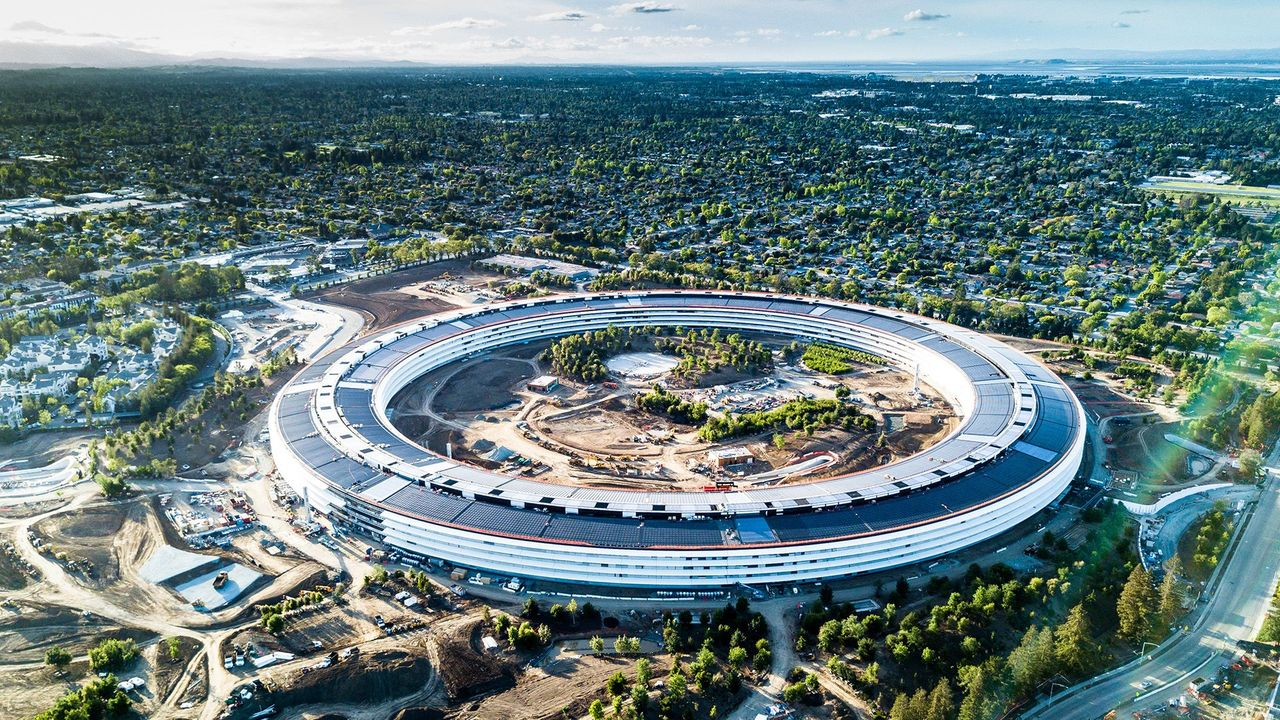
Silicon Valley Technology News: How the Bay Area Is Shaping the Future of Space Exploration
Is the next giant leap for humanity coming from Silicon Valley? As global eyes turn skyward, it’s clear that Bay Area space innovation—fueled by cutting-edge partnerships and Silicon Valley space startups—is revolutionizing how we explore the cosmos.
NASA Ames Research: Driving Discovery at the Core
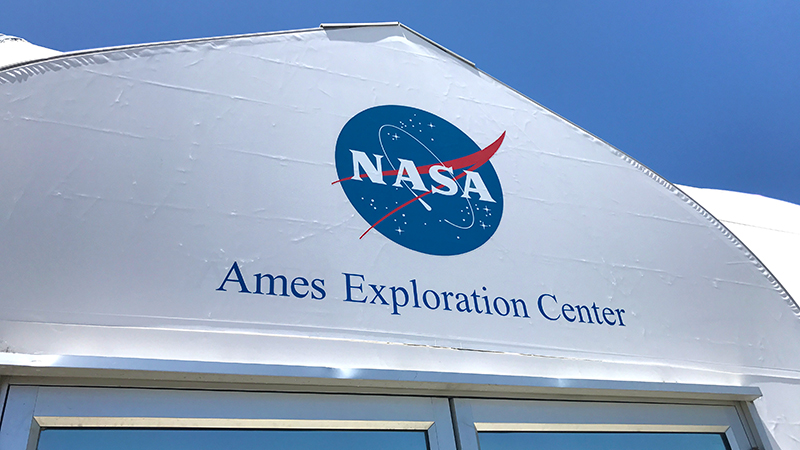
Located in the heart of Silicon Valley, the NASA Ames Research Center is a cornerstone for California aerospace companies and a nexus for forward-thinking collaboration. Ames’ work ranges from pioneering space missions like the Lunar Atmosphere and Dust Environment Explorer (LADEE) to supporting Mars and Sun-Earth science through the HelioSwarm Observatory—a $250 million, multi-satellite mission unlocking key insights into solar wind and magnetic turbulence in space . Technology transfer and innovation programs at Ames routinely connect NASA’s expertise with the Bay Area’s leading private enterprises, creating a dynamic environment for the future of space exploration .
Key NASA Ames Research Initiatives:
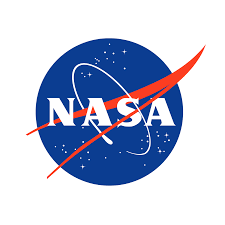
HelioSwarm Mission: Collaboration with the UK Space Agency to deploy a nine-satellite constellation for in-depth study of space plasma turbulence.
Joint Ventures: Partnerships with academic heavyweights like UC Berkeley to create hubs that fuse research, industry, and government at the new Berkeley Space Center in Mountain View. This $2B project aims to generate breakthroughs in astronautics, AI, quantum computing, and more.
Silicon Valley Space Startups: Transforming Satellite Technologies
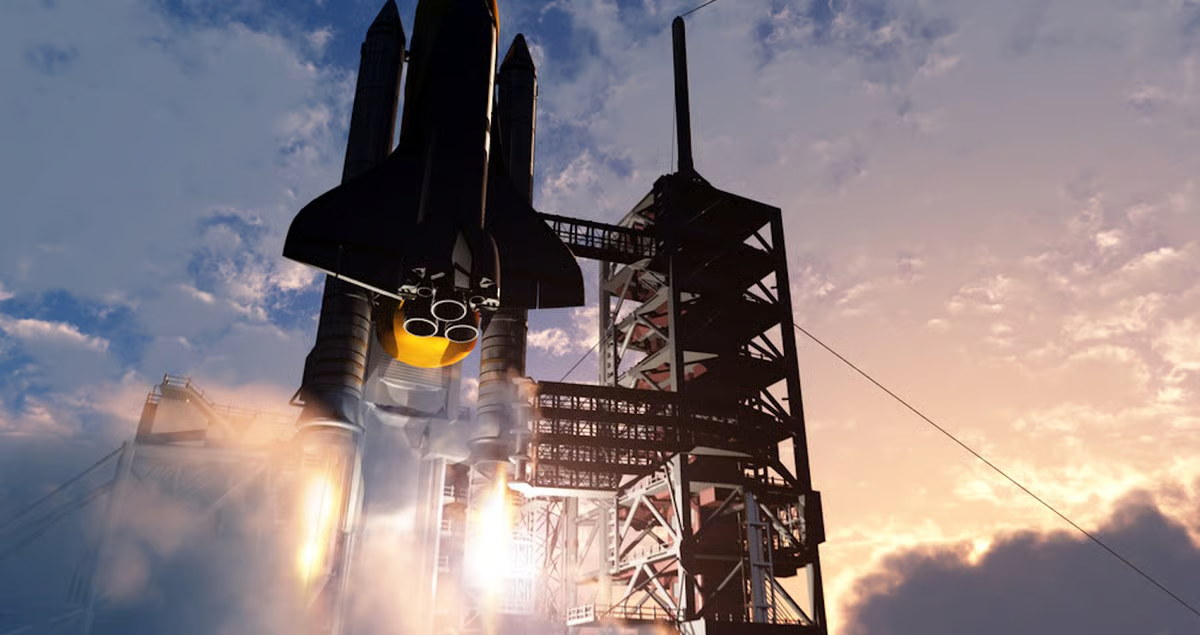
The influence of Silicon Valley space startups is redefining what’s possible in orbit, especially in satellite development and AI-driven analytics.
Planet Labs: Earth Observation at Scale
Founded by ex-NASA engineers in San Francisco, Planet Labs leads the world in high-frequency Earth imaging. Their “Dove” satellites, built in the Bay Area, are produced at industry-leading rates—up to 40 satellites per week. These satellites provide real-time, actionable data on everything from climate change to infrastructure response. Recently, Planet Labs advanced real-time satellite-to-satellite connectivity in partnership with NASA’s Communications Services Project, enhancing the speed and flexibility of global monitoring and response.
Astranis: Affordable Global Internet
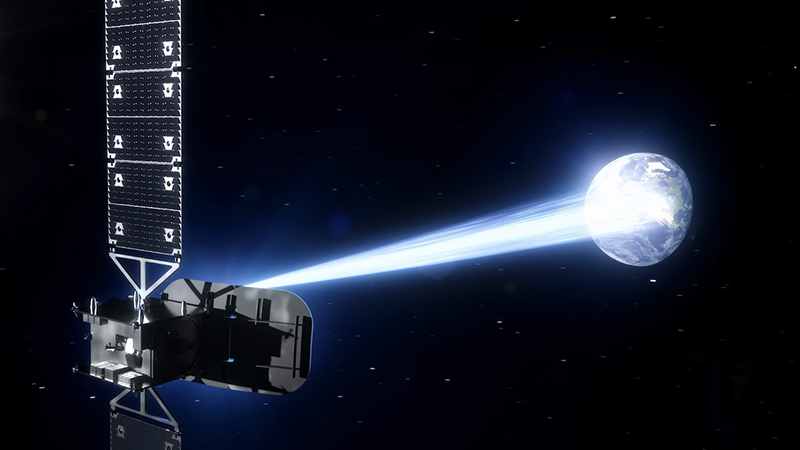
Astranis Expands Partnership with Orbits Corp for a Second Satellite Dedicated To the Philippines - Astranis Blog1,727 × 959
San Francisco’s Astranis is transforming satellite communications by manufacturing small, cost-efficient GEO satellites. Their digital payloads enable flexible coverage, opening internet access to underserved regions and rapidly deploying solutions for government and enterprise clients. Following recent launches, Astranis is on track to massively increase broadband capabilities in places like Alaska, epitomizing the potential of California aerospace companies to bridge the digital divide.
Rocket Lab: Full-Spectrum Launch and Space Systems
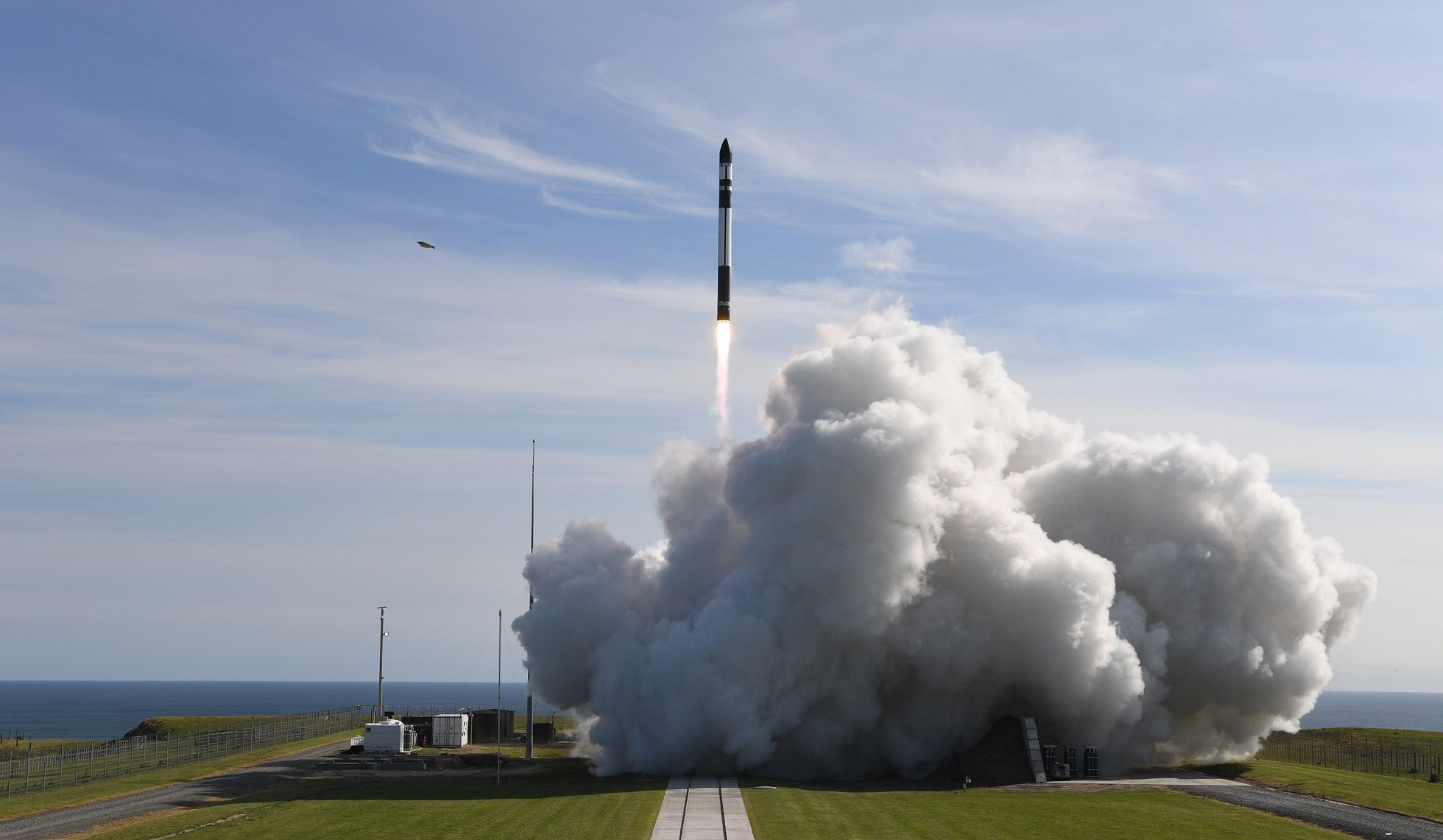
Although founded in New Zealand, Rocket Lab’s North American headquarters are in California. The company operates as a vertically integrated provider, with facilities manufacturing hundreds of critical spacecraft components each year—plus offering launch services for small satellites. Rocket Lab’s Photon spacecraft is pioneering interplanetary research as part of missions to Mars and collaborations with startups like Varda Space Industries, which focuses on in-space drug manufacturing.
NASA Collaborations and Academia: The Power of Partnership
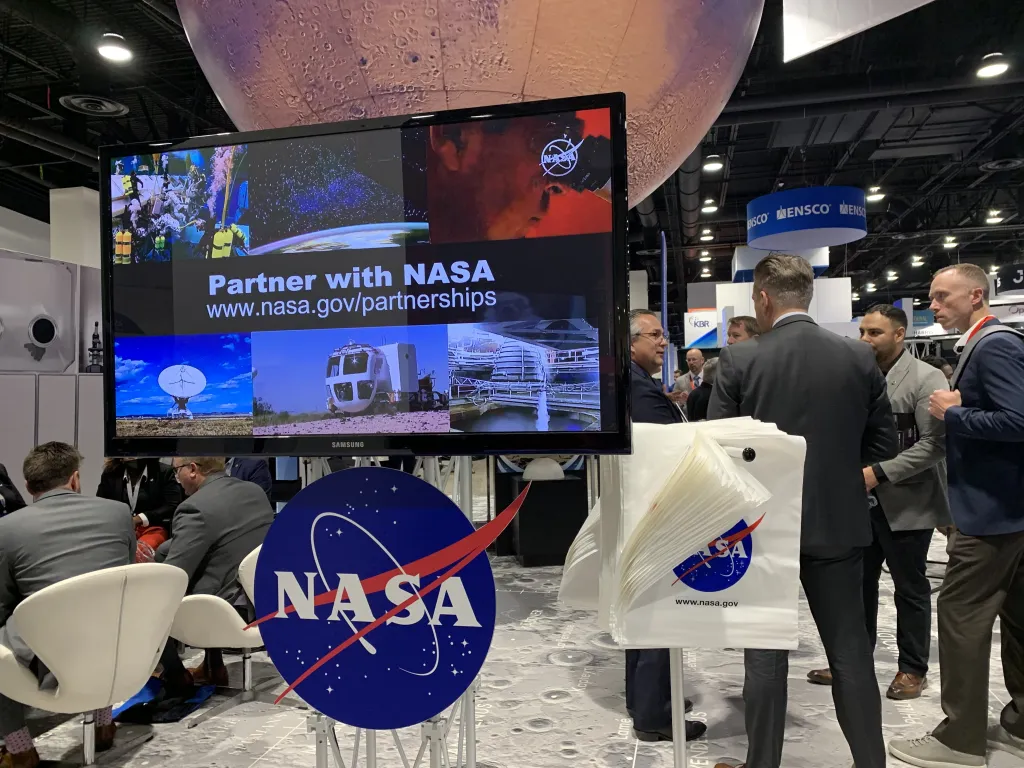
Bay Area universities and NASA Ames Research partner to produce breakthroughs and drive the future of space exploration. UC Berkeley and SKS Partners’ planned Berkeley Space Center is slated to become a global epicenter for research and commercialization—hosting offices and laboratories tailored for collaboration among the world’s top scientists, engineers, and entrepreneurs. These public-private alliances provide open ground for testbeds involving everything from wind energy to real-time space debris monitoring.
Examples of Synergistic Partnerships:
Berkeley Space Center: A 36-acre campus envisioned as Silicon Valley’s premier R&D hub, integrating startups, students, and leading research programs. NASA-Lawrence Livermore Collaboration: Combining next-gen satellite tracking and laser technologies to protect spacecraft from orbital debris, highlighting the merging of AI, big data, and legacy expertise.
Small Business Innovation Research (SBIR/STTR): Direct seed funding to dozens of Silicon Valley space startups each year, effectively accelerating the pace of disruptive space tech inventions.
Notable Space Companies Powering the Bay Area
Silicon Valley and the broader California aerospace ecosystem host a roster of innovators who define the trajectory of space exploration:
Company Name
Focus Area
Contribution
Planet Labs
Earth imaging satellites
Largest low-orbit satellite constellation for daily planet-wide imaging.
Astranis
Small communications satellites
Affordable, flexible-bandwidth broadband in remote regions.
Rocket Lab
Launch services & spacecraft manufacturing
Vertically integrated launch and spacecraft technologies for governments and startups
Acubed by Airbus
Aerospace R&D, AI, and prototyping
Driving digital, autonomous aerospace solutions for next-gen flight and space travel
Kairos Aerospace
Space data analytics
Advanced methane leak detection using satellite imagery for environmental monitoring
Momentous
Space transportation
Innovative solutions for satellite “last-mile” delivery and repositioning in orbit
SpaceX
Launch and Starship R&D
Major launches from Vandenberg AFB; key player in commercial and interplanetary flight
AI in Space: Automation and Intelligent Systems
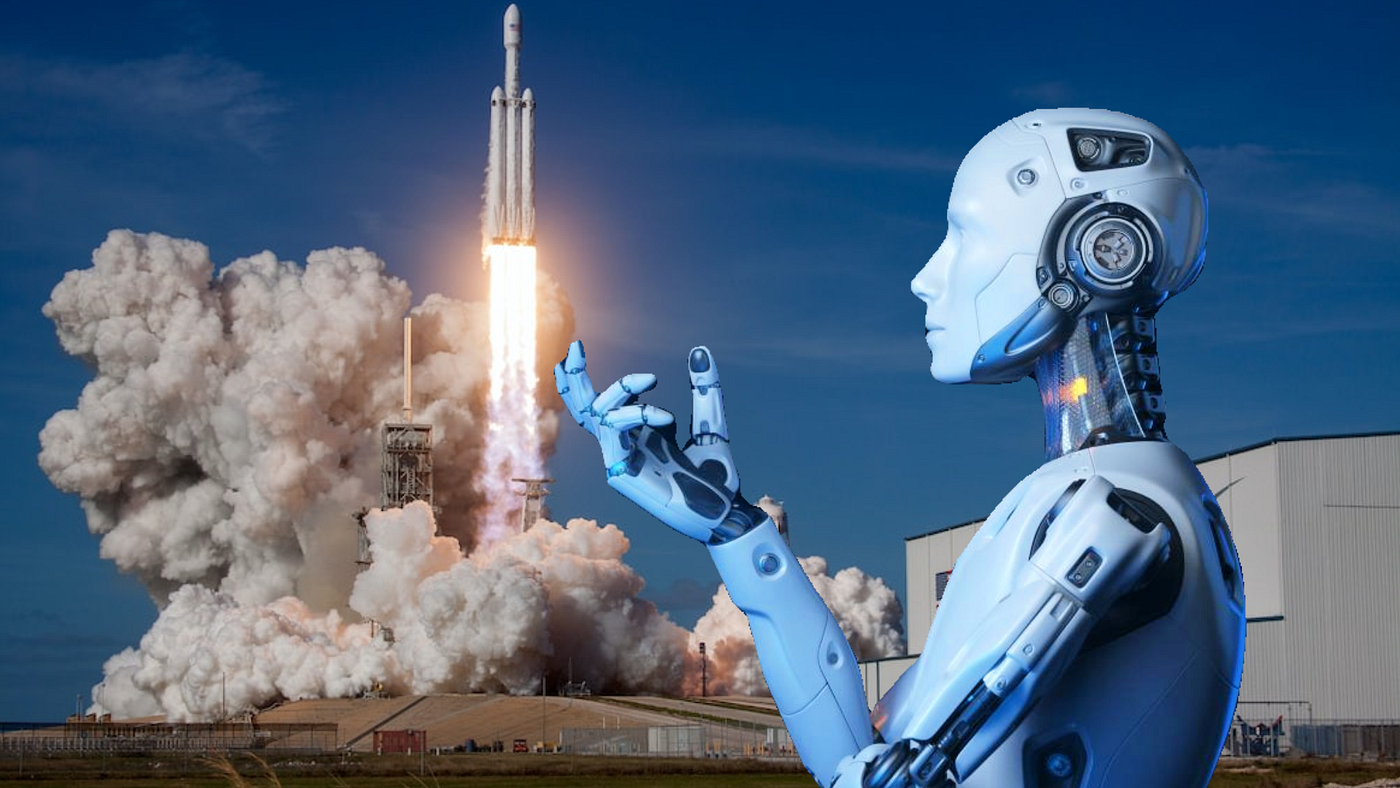
Artificial intelligence is crucial to both autonomous operations in orbit and to the design of next-generation spacecraft and satellites. Companies like Dexterity, based in the Bay Area, develop AI-powered robotics used for logistics and supply chain—but their advances have applications for space habitats and long-term off-world missions. NASA Ames continuously advances AI-driven mission planning, spacecraft health monitoring, and in-space decision-making, drawing on deep expertise from Silicon Valley’s software sector.
The Artemis Program and California’s Aerospace Workforce
NASA’s ambitious Artemis program, propelling humanity back to the Moon and beyond, relies heavily on California talent and infrastructure. Over 500 companies and 16,000 people in California alone contribute to the Artemis missions, underscoring the state’s unique status as a launchpad for the future of space exploration.
Conclusion: Silicon Valley’s Skyward Trajectory
Bay Area space innovation is more than a regional phenomenon—it’s the backbone of global progress in space science, AI in space, satellite development, and interplanetary research. Powered by the connections between NASA Ames Research, world-class universities, and a dynamic community of space startups, Silicon Valley stands at the frontier of the new space economy. As massive projects like the Berkeley Space Center rise and new companies continue to emerge, the Bay Area’s leadership in space exploration is poised to expand for decades to come.
If you’re searching for the future of space, look no further than California aerospace companies and Silicon Valley space startups—they’re not just reaching for the stars, they’re building the roads to get us there.